Robots and Automation in Metalworking
Machine-tending robots are often key components used to enable unattended or lights-out machining operations, adding capacity by taking advantage of time that’s currently unused, like nights and weekends. In many cases, robot integration enables shopfloor employees that were previously loading and unloading parts from machines to perform duties of greater value. Plus, today’s robots are faster and more intelligent than in years past and are also becoming increasingly viable for small-batch/high-mix production. In addition, collaborative robots, or “cobots,” use sensor technology that enables them function safely alongside humans in a shared work environment. That means no more isolating fencing is needed to separate worker and robot.







Hwacheon Machinery America, Inc.
Featured Content
View More
Takumi USA
Featured Content
View More
ECi Software Solutions, Inc.
Featured Content
View MoreESSENTIAL READING
VIEW ALL4 Steps to a Cobot Culture: How Thyssenkrupp Bilstein Has Answered Staffing Shortages With Economical Automation
Safe, economical automation using collaborative robots can transform a manufacturing facility and overcome staffing shortfalls, but it takes additional investment and a systemized approach to automation in order to realize this change.
Read MoreMade in the USA - Season 1 Episode 2: The Automation Puzzle
There is a fundamental question we need to answer when we talk about automation: To what extent is automation an answer to the skilled workforce shortage, and to what extent is automation vs. Skilled labor the wrong comparison to make in the first place?
ListenChoosing a Five-Axis Machine Tool With Automation in Mind
While much focus is placed on the machinery that moves parts, the features most important for automating five-axis machining are arguably found in the machine tool itself.
Read More5 Tips for Automating Laser Marking With Robots
Automating laser marking can be a useful way to increase robots’ utilization, but the process requires careful planning for success.
Read MoreReducing Machine Cycle Times Both In and Out of the Cut
Increasing automation means setup times are lower than ever. How can shops optimize cycle times to match and win more business?
Read MoreTurn-Mills 101
Turn-mills are a type of multitasking machine that can shorten cycle times and help facilitate lights-out machining for two common machining types.
Read MoreLatest Automation News And Updates
Quickbase Work Management Software Provides Comprehensive Monitoring
Quickbase’s Work Management platform features a suite of pre-built applications, templates and AI-powered app building capabilities to connect teams, machines and workflows.
Read MoreFour Questions (& Answers) About Data-Driven Process Improvement at CNC Job Shops
How can shops can make informed decisions using data-driven feedback to improve shopfloor efficiency and profitability? And how will these technologies differ between high- and low-volume production?
Read MoreThe Symbiotic Relationship Between Robots and 3D Printing
In this episode of the AM Radio podcast, Robots & Autonomy Editor Julia Hider joins Additive Manufacturing’s Executive Editor Stephanie Hendrixson and Editor-in-Chief Peter Zelinski to discuss how robots and 3D printing enable each other.
ListenVericut AI-Powered Tools Enhance Software Accessibility
Vericut Intelligence and Vericut Assistant aim to simplify the way users can interact with and gain knowledge from Vericut’s software products.
Read MoreRefining Shopfloor Processes for Mission-Critical Parts
Pacon Mfg, Inc. has not rested on its laurels as the 2020 Top Shop Honoree for Shopfloor Practices and Performance. In the years since, it has refined its processes to continue excelling in a volatile market.
Read MoreABB Robotics Sponsors MassRobotics to Accelerate Automation Innovation
By equipping MassRobotics with its advanced cobots, ABB aims to facilitate the creation of new and impactful solutions that address real-world challenges across various industries.
Read MoreFeatured Posts
Test Bed Builds Up Robotics Research at Carnegie Mellon University
At Carnegie Mellon University’s Manufacturing Futures Institute, researchers use a robotic test bed where AMRs deliver Lego bricks to robot arms for assembly to study AI, multirobot collaboration, assembly, safety and more.
WatchData Fuels Robotics Research
At Mill 19, the site of the Advanced Robotics for Manufacturing Institute and Carnegie Mellon University’s Manufacturing Futures Institute, robotics data provides the foundation for AI and digital twins.
Read MoreIMTS 2024: Trends & Takeaways From the Modern Machine Shop Editorial Team
The Modern Machine Shop editorial team highlights their takeaways from IMTS 2024 in a video recap.
WatchFour Automation Technology Trends
Robotic technology is advancing, enabling manufacturers to automate more tasks than ever before.
Read MoreWhat Year Did a Robot Hand First Debut at IMTS?
Did you know that the show was postponed for WWII? Or that McCormick Place was expanded in the ’70s just to accommodate IMTS? A fascinating look at the show’s history from 1927 to today.
Read MoreThe Best of IMTS24 In Photos (We Saved the Best One for Last!)
From quadruped robot dogs, to an in-booth putting green where you can test out a new golf putter, to a 3D-printed car and more, attendees enjoyed cutting-edge technology and innovations all week long. Take a look to see what (or who!) you might have missed this week!
Read MoreFAQ: Automation
What is automation?
“Robot” is the first picture that comes to mind, but it means more than that. Automation could be machines that are able to do more in one setup, one handling. It also refers to other options like pallet systems for moving work around, in and out of machines. It refers to software that can automate certain operations. Automation is not a replacement or an alternative for people.
What is a cobot?
A collaborative robot or “cobot” is a robot that is safe to run unguarded near people. Most cobots are safe because they are speed- and force-limited, and they stop upon sensing contact with an obstacle. Cobots are also easy to relocate and reprogram for different tasks in a shop.
What should you know about cobots?
1. Cobots, vision and AI all go together.
2. Cobots do not guarantee safety.
3. Cobot applications need not feature collaboration.
4. Automation’s payback period is declining.
5. Trends in manufacturing favor collaboration.
6. Cobot adoption might be held back by lack of people.
7. Advancing AGV technologies make cobots mobile.
8. Attention recognition is coming.
9. Collaborative can be done in different ways.
10. “Collaborative” can be a bigger idea.
How do robots and 3D printing intersect?
1. 3D Printed End-of-Arm Tooling (EOAT)
2. 3D Printed Off-Robot Accessories
3. Robot-Tended 3D Printers
4. Robots As 3D Printing Systems



























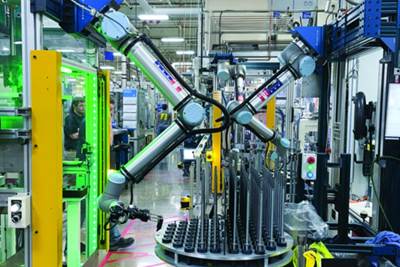
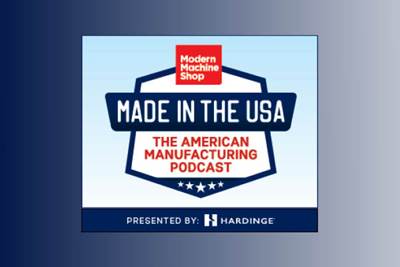
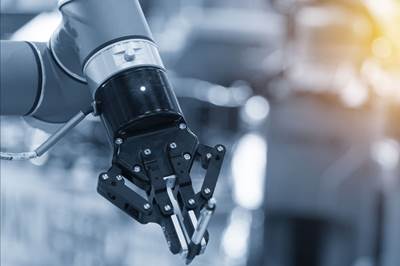
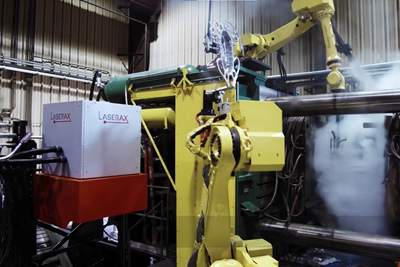
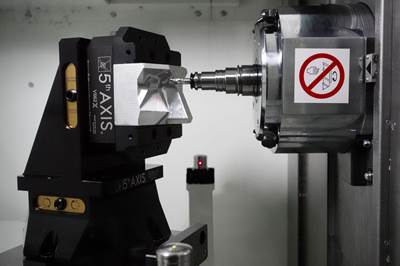
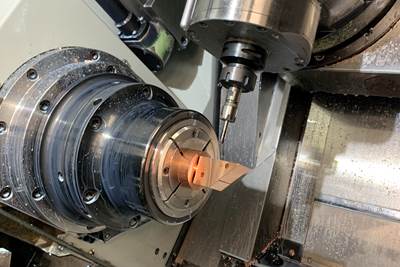

























.jpg;maxWidth=300;quality=90)


